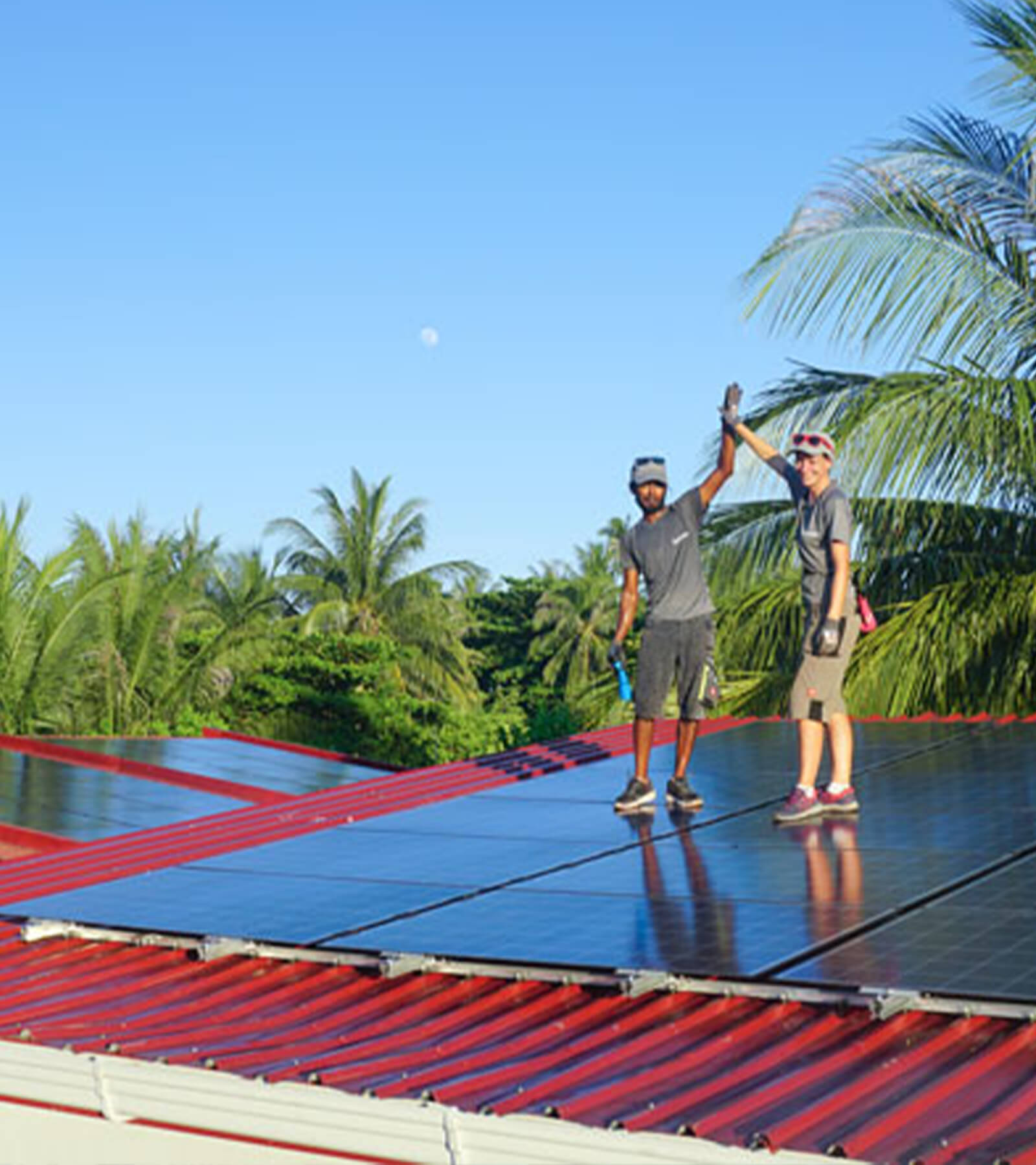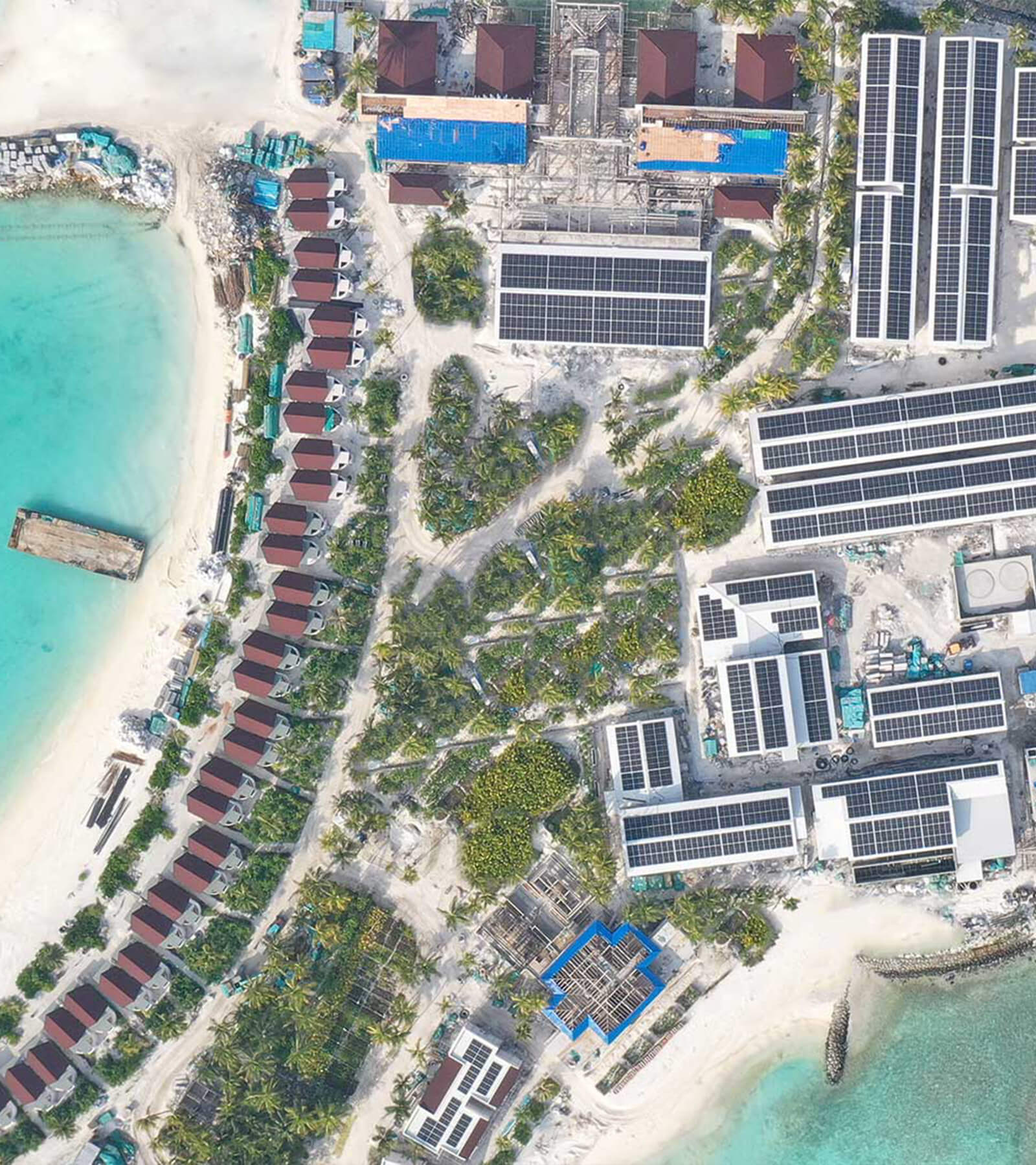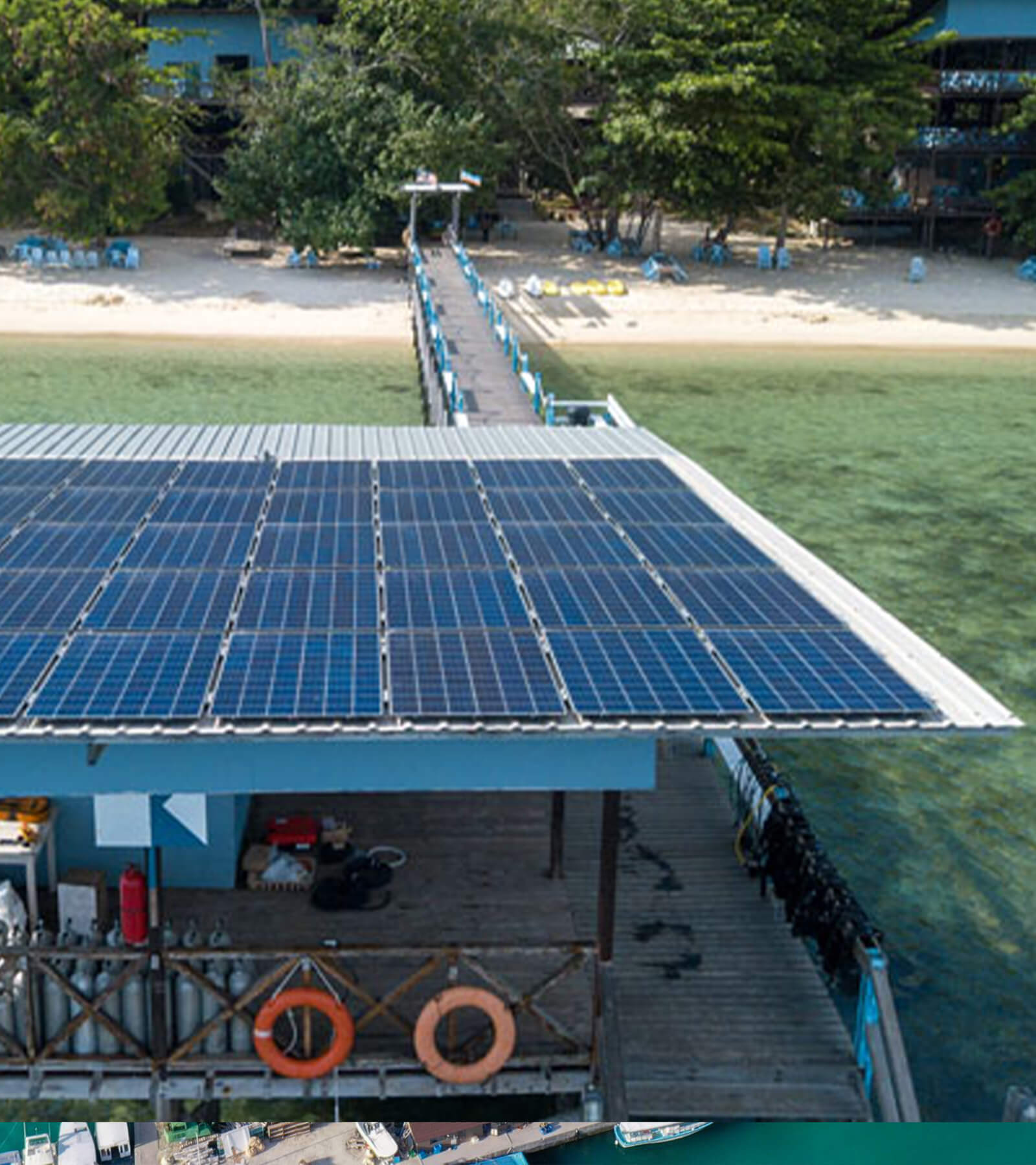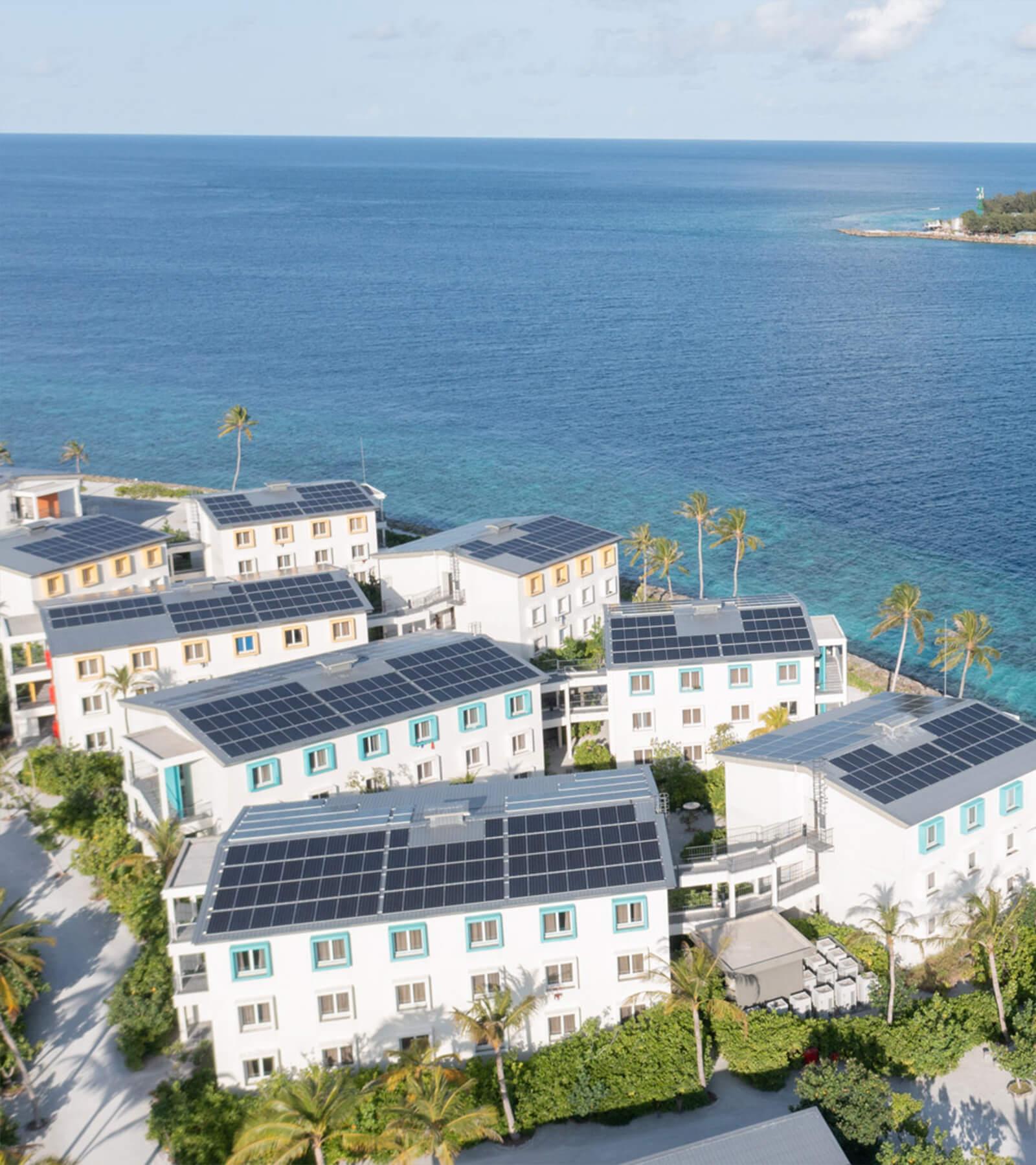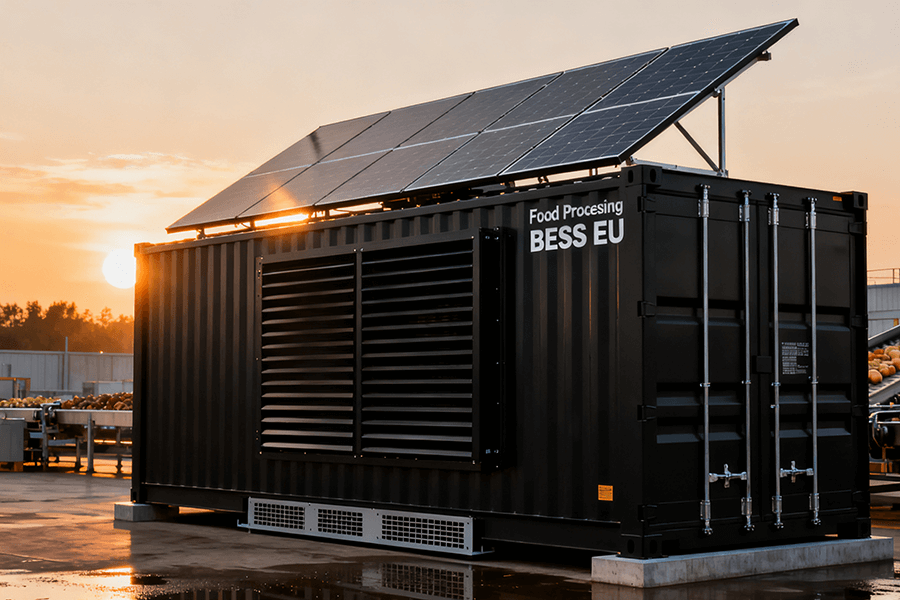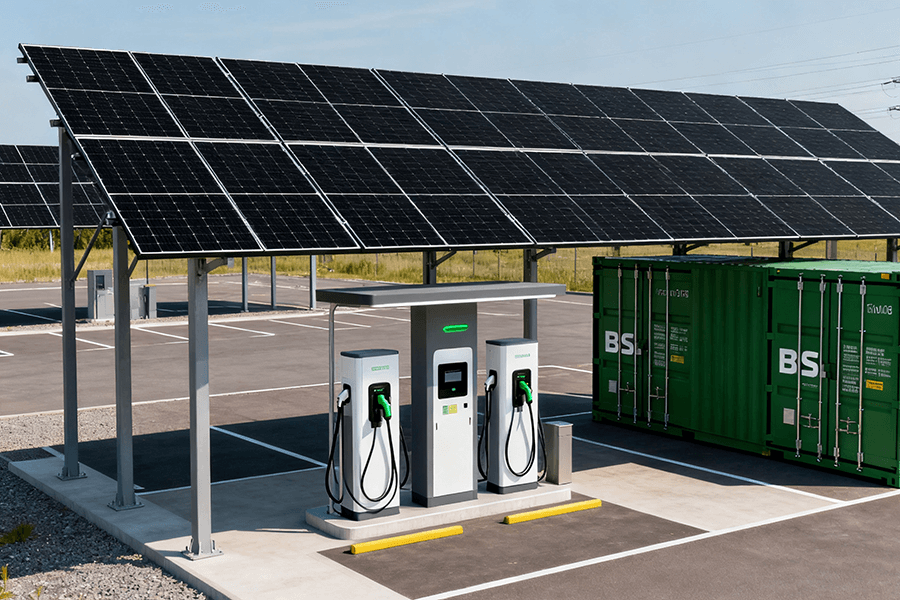
The EU’s Greenhouse Energy Revolution – No More “Power Panic”
The EU’s “From Farm to Fork” strategy isn’t just a policy—it’s a deadline for greenhouse operators to ditch fossil fuel dependence. This ambitious initiative, spearheaded by the European Commission, sets a clear and pressing target: by 2030, agricultural facilities across the EU must source 25% of their energy from renewable sources (EU Commission, 2023).
For greenhouses, this mandate presents both a challenge and an opportunity. These modern agricultural powerhouses consume vast amounts of energy for crucial functions such as:
- Lighting: Ensuring plants receive adequate light, especially during shorter winter days or overcast periods
- Irrigation: Powering pumps to distribute water precisely to crops
- Climate control: Maintaining optimal temperature and humidity levels
As the deadline looms, greenhouse operators are under increasing pressure to transition away from traditional, fossil fuel-based energy sources.
Solar power seems like the obvious fix—until the sun sets, or a cloudy week hits. That’s where the BESS (Battery Energy Storage System) Container comes in. Think of it as your greenhouse’s “energy piggy bank”. Here’s how it works:
- During peak sunlight: When solar panels are generating more energy than the greenhouse needs, the BESS Container stores this excess power.
- When the sun isn’t shining: Whether it’s nighttime, a cloudy day, or an extended period of low sunlight, the stored energy is released, ensuring that all critical greenhouse operations continue without interruption.
In essence, the BESS Container is like a reliable farmhand who never takes a day off—even when the sun does. It provides the consistency and reliability that modern, sustainable greenhouse operations demand, helping operators meet the EU’s renewable energy targets while ensuring the health and productivity of their crops.
Compatibility with Greenhouse Solar Arrays: A Match Made in Solar Heaven
Greenhouses typically use 50–200 kW solar arrays (rooftop or ground-mounted), but without storage, most of that energy goes to waste. BESS (Battery Energy Storage System) Containers turn “wasted watts” into “working watts,” boosting self-sufficiency and slashing natural gas use. Let’s break down the numbers through in-depth analysis and real-world examples:
Energy Self-Sufficiency: From “Grid Dependent” to “Grid Independent”
A comprehensive study by Renewable Energy Insights, a leading research firm specializing in sustainable energy solutions, analyzed 50 EU greenhouses over the period from 2022 to 2024. The research meticulously compared the energy performance of these greenhouses before and after the integration of BESS Containers, revealing a transformative impact on their energy independence:
| Metric | Before BESS | After BESS | Improvement | Visual Representation |
|---|---|---|---|---|
| Average Energy Self-Sufficiency | 30% | 70% | +133% | 🔺 Dramatic increase in self-sufficiency |
| Grid Energy Purchases (Monthly) | €2,800 | €840 | -70% | 🔻 Significant reduction in grid reliance |
| Solar Energy Wasted | 45% | 12% | -73% | 🔽 Substantial decrease in energy loss |
Source: Renewable Energy Insights, “BESS for Agricultural Applications,” 2024
These findings underscore how BESS Containers act as a linchpin in optimizing energy utilization. By storing excess solar energy generated during peak sunlight hours, greenhouses can draw on this reserve during periods of low solar production, reducing their dependence on the grid and maximizing the return on their solar investment.
Winter Heating: Say Goodbye to Sky-High Natural Gas Bills
Winter poses a formidable challenge for greenhouses, as maintaining optimal temperatures is crucial for crop growth. However, with the advent of BESS Containers, this seasonal struggle has become a thing of the past. By storing summer solar energy for winter heating, operators can cut natural gas use by 55%, leading to significant cost savings and environmental benefits.
Let’s examine a compelling case study of a 10,000 m² hydroponic tomato greenhouse located in the Netherlands, a country renowned for its vibrant tulip fields and chilly winters.
Before BESS:
- The greenhouse spent a staggering €100,000 per year on natural gas for heating, which accounted for 80% of its total energy costs. This not only strained the greenhouse’s budget but also contributed to a substantial carbon footprint.
After BESS:
- The installation of a 150 kW solar array in tandem with a 100 kWh BESS Container brought about a revolutionary change.
- The annual natural gas bill plummeted to €45,000—a remarkable €55,000 annual saving as reported by Netherlands Agricultural Energy Agency in 2025.
- Additionally, this shift resulted in a 35% reduction in carbon emissions, aligning with the EU’s ambitious climate goals and demonstrating the dual benefits of adopting sustainable energy solutions.
This real-world example vividly illustrates how BESS Containers can turn the tables on winter challenges, making greenhouses more resilient, cost-effective, and environmentally friendly.
Design Adaptations: BESS Containers That Survive Greenhouse “Humidity Hell”
Greenhouses, especially those utilizing hydroponic systems, create an environment that mimics the conditions of a tropical rainforest. Humidity levels frequently soar to an astonishing 80–90%, posing a significant challenge to traditional battery technologies. Regular batteries, when exposed to such high humidity, are highly susceptible to rust and rapid failure. However, our BESS Containers are engineered with resilience in mind, designed to thrive where others falter.
Humidity Resistance: Corrosion-Proof, Dehumidified, and Durable
Our BESS Containers, along with industry-leading counterparts, employ a two-pronged approach to combat the detrimental effects of moisture, ensuring longevity and consistent performance even in the most demanding greenhouse environments:
- Corrosion-Resistant Enclosures: Constructed from galvanized steel and fortified with a UV-protected coating, our BESS Containers act as a robust shield against the elements. This protective layer functions much like a “raincoat” for the battery, providing an initial line of defense against moisture, UV rays, and other environmental stressors.
- Active Dehumidification Systems: To further safeguard the battery components, our BESS Containers are equipped with state-of-the-art dehumidification systems. These systems actively monitor and regulate the humidity within the battery compartment, maintaining levels well below 40%—the optimal range for lithium-ion batteries. By keeping humidity in check, we prevent the growth of mold, inhibit corrosion, and minimize battery degradation, ensuring peak performance over the long term.
Real-World Success Story: A hydroponic lettuce greenhouse located in southern Spain, where average summer humidity levels hover around 85%, serves as a testament to the effectiveness of our BESS Containers. In 2023, the greenhouse installed a BESS Container to power its operations. After an impressive 18 months of continuous use, the battery performance remained at an outstanding 98% of its original capacity, with no signs of rust or failure. This remarkable result was independently verified by the Spanish Agricultural Research Institute (IRTA, 2025), underscoring the reliability and durability of our BESS Containers in high-humidity environments.
EU Organic Compliance: No Grid-Powered “Cheats”
The EU’s stringent organic standards, as outlined in Regulation (EU) 2018/848, place strict limitations on the use of synthetic fertilizers produced using grid energy, which is often derived from coal or gas. This regulation presents a unique opportunity for BESS-powered solar systems, which offer a sustainable and compliant solution for greenhouse operations.
- A comprehensive study conducted by EU Organic Farming Research revealed that greenhouses utilizing BESS-solar systems are 20% more likely to meet organic certification requirements compared to those relying on grid power. This significant advantage can be attributed to the clean and renewable nature of solar energy, which enables on-site nutrient production, such as organic nitrogen, without relying on fossil fuel-derived grid electricity.
- By harnessing the power of the sun and storing excess energy in our BESS Containers, greenhouse operators can ensure that their entire production process, from nutrient generation to crop cultivation, remains in full compliance with EU organic standards. This not only helps businesses avoid potential penalties but also enhances their marketability, as consumers increasingly prioritize organic and sustainably produced goods.
ROI & EU Grants: Turn “Big Spend” into “Big Save”
Let’s be real—BESS Containers aren’t cheap. But with EU grants and fast payback, they’re one of the smartest investments a greenhouse operator can make.
Payback Period: 3.6 Years – Faster Than Growing a Tomato Crop
Using average EU costs (2025), the financial case for Battery Energy Storage Systems (BESS) in greenhouses becomes compelling. The table below breaks down the key financial metrics for a typical 100 kWh BESS system, designed to complement a 100 kW solar installation:
| Metric | Amount | Explanation |
|---|---|---|
| BESS Installation Cost | €30,000 | Total upfront investment for the 100 kWh system |
| Annual Savings from Natural Gas | €5,500 | Reduction in gas usage for heating and powering equipment |
| Annual Savings from Grid Energy | €2,800 | Decreased reliance on the electrical grid, especially during peak rates |
| Total Annual Savings | €8,300 | Combined savings from gas and grid energy |
| Payback Period | 3.6 years | Calculated as installation cost divided by annual savings (€30,000 ÷ €8,300/year) |
After recouping the initial investment, every subsequent year brings pure profit. Over a 10-year period, greenhouse operators stand to save €53,000—the total savings minus the installation cost. This long-term financial gain underscores BESS as a sustainable and lucrative asset for modern horticulture.
EAFRD Grants: The EU Will Pay for Half (Yes, Really)
The European Agricultural Fund for Rural Development (EAFRD) provides a game-changing opportunity for greenhouse owners. As outlined in the EAFRD 2023–2027 Guidelines, eligible applicants can receive grants covering up to 50% of BESS-solar installation costs.
Real-World Example: A greenhouse in southern France opted to integrate a BESS-solar system at a total cost of €30,000. By leveraging the EAFRD grant, they secured a €15,000 subsidy, reducing their out-of-pocket expense to €15,000. This significant subsidy halved the payback period to just 1.8 years, making the transition to renewable energy not only environmentally responsible but also financially accessible for growers across the EU.
Maxbo Solar: Your BESS Partner for EU Greenhouses (That’s Us!)
At Maxbo Solar (www.maxbo-solar.com), we don’t just sell BESS Containers—we engineer bespoke energy storage ecosystems meticulously tailored to the unique requirements of your greenhouse. Discover why European Union horticulture operators trust us as their preferred partner for sustainable power solutions:
Tailored Capacity Optimization
Bid farewell to generic energy storage systems. Our team of experts conducts in-depth site assessments to align BESS capacity precisely with your solar array output and hydroponic energy demands. With scalable options ranging from 50 to 200 kWh, we ensure that your greenhouse enjoys optimal energy efficiency, eliminating the inefficiencies of one-size-fits-all solutions.
Robust, Climate-Resilient Design
Designed to withstand the challenging conditions of greenhouse environments, our BESS Containers feature:
- Corrosion-Resistant Construction: Crafted from high-grade, corrosion-resistant steel, our containers offer exceptional durability, ensuring long-term performance even in high-humidity settings.
- Advanced Dehumidification Systems: Leveraging technology proven in the demanding Spanish greenhouse sector, our integrated dehumidification systems maintain ideal internal conditions for your BESS components.
- Comprehensive Warranty Coverage: Enjoy peace of mind with our industry-leading warranty—5 years on batteries and 10 years on enclosures.
Grant Application Mastery
Navigating the complexities of European Agricultural Fund for Rural Development (EAFRD) applications can be daunting. That’s where we come in. Our grant support team has a proven track record of success, with 92% of our clients securing funding in the past year—significantly surpassing the EU average of 65%. Let us guide you through the application process and maximize your chances of securing crucial financial support.
Real-Time Energy Intelligence
Take control of your greenhouse’s energy performance with our intuitive monitoring app. Access real-time data on:
- Energy storage levels
- Solar power generation
- Cost savings and return on investment
- System health and performance metrics
With our app, you’ll have a comprehensive overview of your energy ecosystem at your fingertips, empowering you to make informed decisions and optimize your energy usage.
Proven Track Record of Success
With over 200 BESS Container installations across the EU—from the high-tech greenhouses of the Netherlands to the sun-drenched horticulture regions of Italy—our solutions have consistently delivered outstanding results. On average, our clients achieve a remarkable 70% self-sufficiency rate within just six months, significantly reducing their reliance on the grid and cutting energy costs.
Ready to transform your greenhouse’s energy future? Visit www.maxbo-solar.com or contact us at [email protected]. As a special offer, we’ll provide you with a complimentary, customized ROI calculator designed to help you understand the financial benefits of our BESS solutions for your specific greenhouse operation.
–
Final Thought
The EU’s 2030 renewable goal isn’t a choice—it’s a necessity. But with BESS Containers, you don’t have to choose between sustainability and profitability. They’re the bridge between solar power and reliable greenhouse operations, and at Maxbo Solar, we’re here to build that bridge for you.
No more power panic, no more sky-high gas bills—just solar-powered hydroponics, year-round. Let’s grow the future, together.

